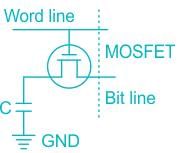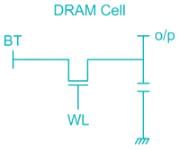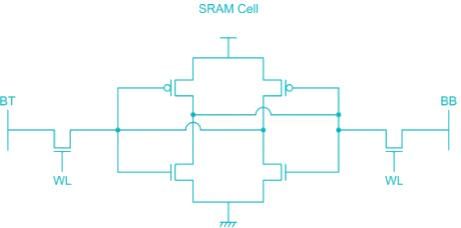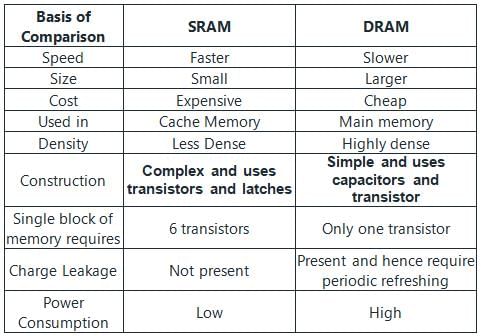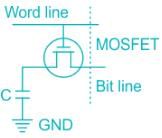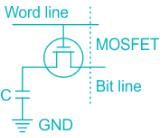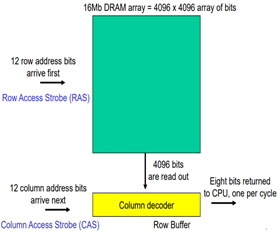Electronics and Communication Engineering (ECE) Exam > Electronics and Communication Engineering (ECE) Tests > Test: SRAM and DRAM - Electronics and Communication Engineering (ECE) MCQ
Test: SRAM and DRAM - Electronics and Communication Engineering (ECE) MCQ
Test Description
9 Questions MCQ Test - Test: SRAM and DRAM
Test: SRAM and DRAM for Electronics and Communication Engineering (ECE) 2025 is part of Electronics and Communication Engineering (ECE) preparation. The Test: SRAM and DRAM questions and answers have been prepared
according to the Electronics and Communication Engineering (ECE) exam syllabus.The Test: SRAM and DRAM MCQs are made for Electronics and Communication Engineering (ECE) 2025 Exam.
Find important definitions, questions, notes, meanings, examples, exercises, MCQs and online tests for Test: SRAM and DRAM below.
Solutions of Test: SRAM and DRAM questions in English are available as part of our course for Electronics and Communication Engineering (ECE) & Test: SRAM and DRAM solutions in
Hindi for Electronics and Communication Engineering (ECE) course.
Download more important topics, notes, lectures and mock test series for Electronics and Communication Engineering (ECE) Exam by signing up for free. Attempt Test: SRAM and DRAM | 9 questions in 30 minutes | Mock test for Electronics and Communication Engineering (ECE) preparation | Free important questions MCQ to study for Electronics and Communication Engineering (ECE) Exam | Download free PDF with solutions
Test: SRAM and DRAM - Question 1
Which Type of memory has a constraint of minimum operating clock frequency?
Detailed Solution for Test: SRAM and DRAM - Question 1
Test: SRAM and DRAM - Question 2
An SRAM has address lines from A0 to A15 and data width from D0 to D7. What is the total capacity of the SRAM will be-
Detailed Solution for Test: SRAM and DRAM - Question 2
Test: SRAM and DRAM - Question 3
Which one of the following statement is not true for static random access memory (SRAM)
Detailed Solution for Test: SRAM and DRAM - Question 3
Detailed Solution for Test: SRAM and DRAM - Question 4
Detailed Solution for Test: SRAM and DRAM - Question 5
Detailed Solution for Test: SRAM and DRAM - Question 6
Detailed Solution for Test: SRAM and DRAM - Question 7
Detailed Solution for Test: SRAM and DRAM - Question 8
Detailed Solution for Test: SRAM and DRAM - Question 9
Information about Test: SRAM and DRAM Page
In this test you can find the Exam questions for Test: SRAM and DRAM solved & explained in the simplest way possible.
Besides giving Questions and answers for Test: SRAM and DRAM, EduRev gives you an ample number of Online tests for practice
Download as PDF




